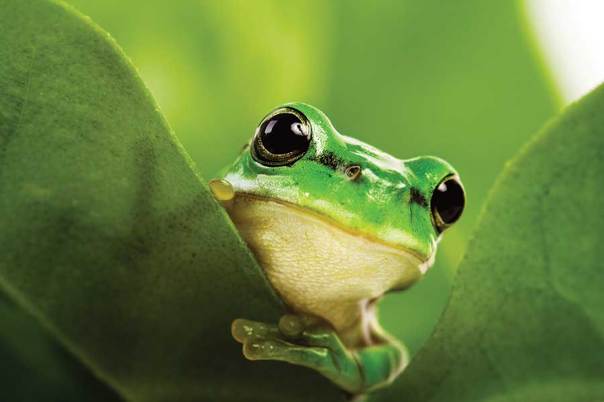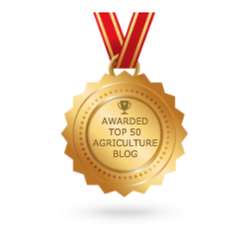|
By Carmen Ng
Biodiversity has been prioritized across multiple agricultural sectors as a key strategy towards achieving sustainable development which includes tackling climate change and ensuring food security. The UN Biodiversity Conference (CBD COP13) which ended on 17 December in Cancun, Mexico is where governments from 167 countries have gathered and come to an agreement on detailed steps to promote the incorporation of the conservation and sustainable use of biodiversity within and across sectors including agriculture, fisheries, forestry and even tourism. Collective action from various stakeholders In the Conference Declaration, it was emphasized that protecting biodiversity is not just the environment ministries’ responsibility, but also various governmental and economic sectors as they are all interconnected in a complex vital web of ecosystem services in which global food production relies on. Without a doubt, this is a critical point as the agriculture sectors and biodiversity which were often regarded as separate conflicts, yet them being “inextricably connected” are becoming more apparent as stated by Maria Helen Semedo, FAO Deputy Director-General. Semedo also highlighted that agriculture has the potential to contribute towards safeguarding biodiversity despite it being a major user of biodiversity. Since there is demonstrated commitment to link both issues among the international community, Semedo mentioned actions to start building bridges and face global challenges with more coherence and coordination can finally commence for effective change. FAO Biodiversity Platform Governments at the Cancun meeting also proceeded to welcoming policy frameworks, guidance and tools developed by FAO and encouraged countries to use FAO as guidance relating to biodiversity and agricultural sectors. This is when the newly launched biodiversity platform by FAO at the Conference comes into play to break barriers by building bridges between distinct sectors, aligning goals and constructing integrated cross-sectoral approaches to mainstream biodiversity in sectors such as agriculture, forestry and fisheries. This platform aimed at facilitating cross-sector relations will allow ministries from these different sectors to share their experiences and discover ways to effectively reach and motivate sectors that are dependent or can impact on biodiversity to adopt the integrated approaches to conserve and use biodiversity resources sustainably. Not too long ago, FAO’s Council, the organization executive has also endorsed principles of a Common Vision for Sustainable Food and Agriculture as a basis for the policy communication and government arrangements to identify sustainable development pathways to step up efforts. This article is adapted from FAO’s website and the full article can be accessed through this link: http://www.fao.org/news/story/en/item/461656/icode/ Comments are closed.
|


